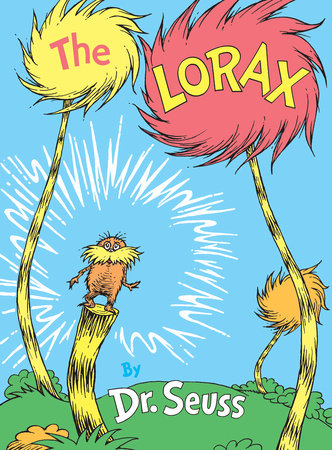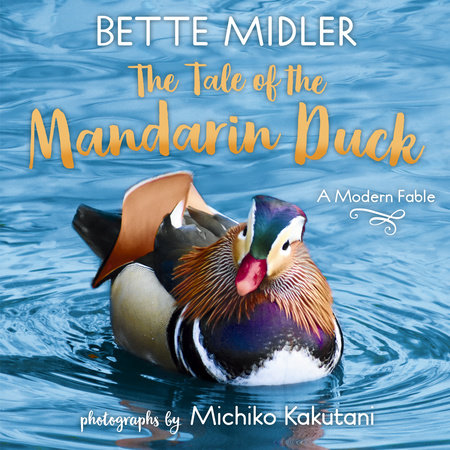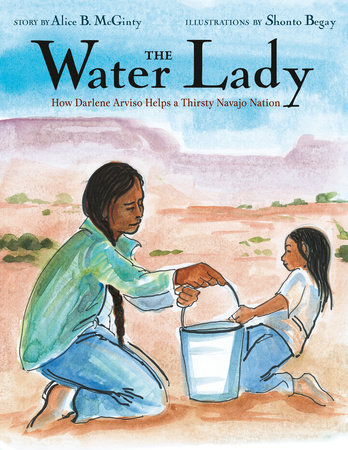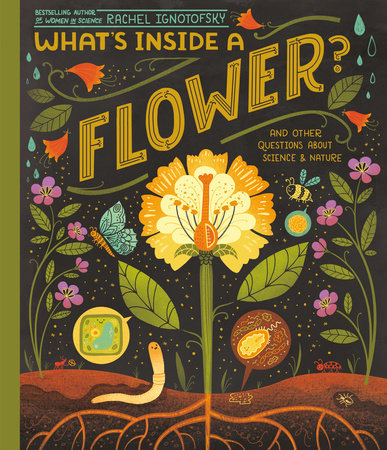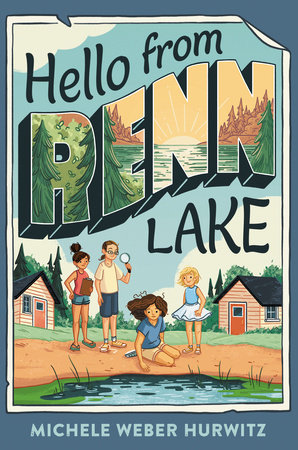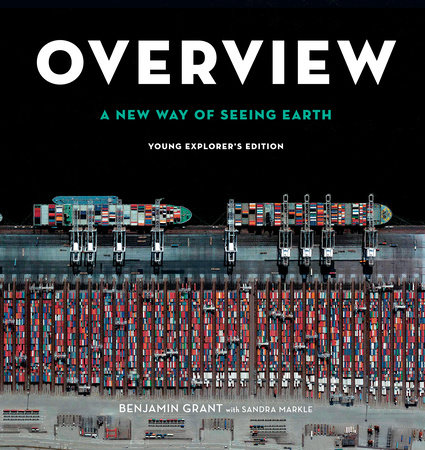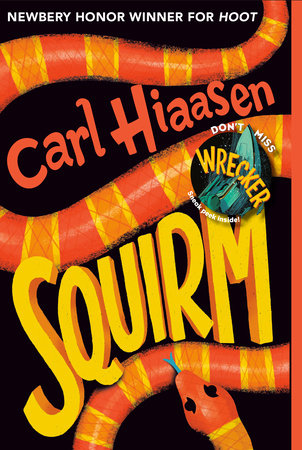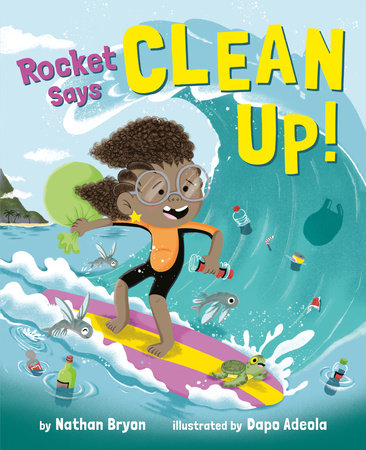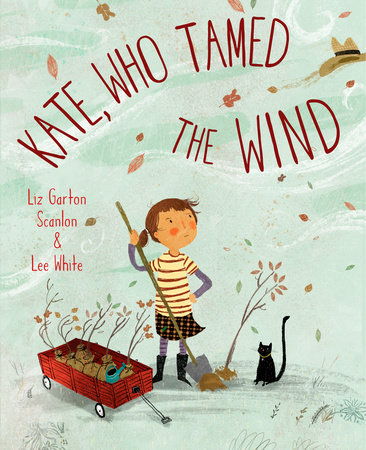Rachel Ignotofsky Author Essay
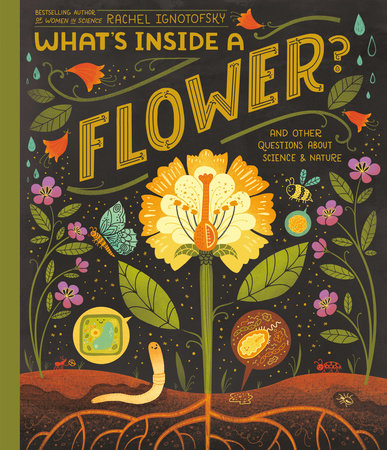
Happy Earth Day, Readers!
Earth Day is here! Which means countless teachers and scientists will be shouting from the rooftops about why we should protect our planet! You will surely see posts about cuddly pandas and cute baby elephants. You’ll learn silly trivia, like that wombats poop in cubes or that bees talk by dancing. You may even tear up learning about the koalas who lost their homes in Australia’s fires or the polar bears who are desperate to find sea ice in the Arctic Circle.
The sad stories, the cute photos, the fun facts . . . these are all told to make you stop, listen, and learn more about our planet. I love these stories (and have told them myself). But sometimes I feel like they distract from the main point scientists want to make: our planet provides us with irreplicable ecological benefits that people need to survive.
Food, nutrient-rich soil, breathable air, bountiful oceans, natural protection from storms—these are just a few of the things our natural world does for us. And if we ruin those natural resources, it is not just the cuddly critters that will be in trouble.
In my books about nature and science, I put a spotlight on the hard work our planet does for us.

I want young readers to understand this concept early as they begin their science studies. That is why I introduce the concept of ecological benefits in my elementary-school level book What’s Inside a Flower?

My book The Wondrous Workings of Planet Earth is written for middle school and young adults. Here we dive deeper into the topic by highlighting different ecosystems all over the world and the biggest benefits these places provide us.

Once kiddos and their adults understand how our planet is working hard for them, they will be even more inspired to do the work to help protect our planet.

I’m not going to lie—fun animal facts will always be one of my favorite things. But this Earth Day, let’s go deeper and celebrate and protect the bounty that our planet provides us!


